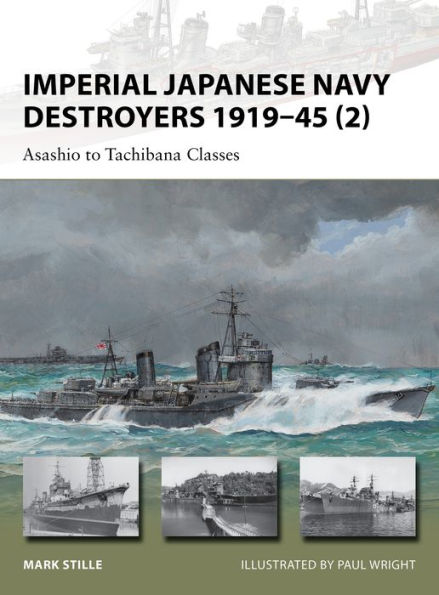5
1

Imperial Japanese Navy Destroyers 1919-45 (2): Asashio to Tachibana Classes
48
Imperial Japanese Navy Destroyers 1919-45 (2): Asashio to Tachibana Classes
48
11.49
In Stock

Product Details
| ISBN-13: | 9781849089883 |
|---|---|
| Publisher: | Bloomsbury Publishing |
| Publication date: | 09/20/2013 |
| Series: | New Vanguard , #202 |
| Sold by: | Barnes & Noble |
| Format: | eBook |
| Pages: | 48 |
| Sales rank: | 1,027,547 |
| File size: | 5 MB |
About the Author
From the B&N Reads Blog
